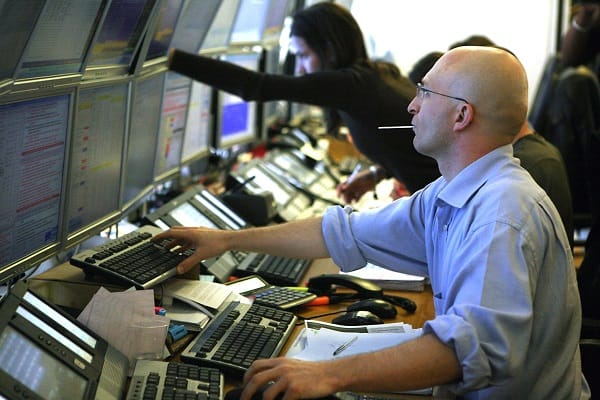Stocks tend to rise when interest rates are rising. That may surprise many people because most people view inflation as a bad thing. They believe that if interest rates are rising, that is going to be bad for stocks.
The data shows otherwise. There is an upward bias to stock market performance when interest rates are rising, but the data is murky in some ways, and investors may be better off not using interest rates as a predictor of stock market direction, says Cory Mitchell, an analyst with Trading.biz.
Since 1999 there have been four periods of rising interest rates, including the rising rate period we are in now. Here’s how the stock market performed during those periods.
- Three times the stock market rose while rates were increasing.
- Once, it moved sideways, which was recently. Stocks dropped as rates started rising but then recovered as rates continued to rise.
Going back to 1973, there are 10 general periods of rising rates (the 10th is underway now). More times than not stock prices rose, and on occasion were flat, while rates increased.
So there appears to be an upward bias while interest rates are rising.
The chart below shows interest rates along with the S&P 500. Periods of rising rates are marked from when the rates start rising to when they eventually flatten out.

If instead, we measured from when rates start rising to when they start falling, the results would be similar.
That stock prices tend to rise while interest rates rise shouldn’t be that alarming. While there are some exceptions throughout history, inflationary periods, by definition, are driven by rising prices. Prices are chasing the money available in the economy and that bias is seen in stock prices.
A problem arises in that while there is an upward bias, it sometimes isn’t all that useful. While prices may tend to rise more often than not when rates rise (but all the time) there may also be large price moves both up and down during those periods. In 2022, once rates started rising the S&P 500 fell more than 22% before it eventually recovered while rates continued to rise. Not all investors may be willing to hold through such declines.
1999, 2004, and late 2015 to early 2016 saw stock prices decline as rates started increasing, but then prices eventually recovered as rates kept increasing. While it is tempting to think that the S&P 500 always drops initially when rates start rising, that doesn’t happen all the time either. Sometimes prices move up with rates, sometimes they move in the opposite direction.
While there is an upward bias in stocks as rates rise, it must also be noted that there is an overall upward bias to the S&P 500. Over time it increases, and that has been playing out for many decades while interest rates rise and fall. That may be the bigger takeaway. Factoring for that, interest rates seem to have very little predictive and useful value for stock investing.




Leave a Comment